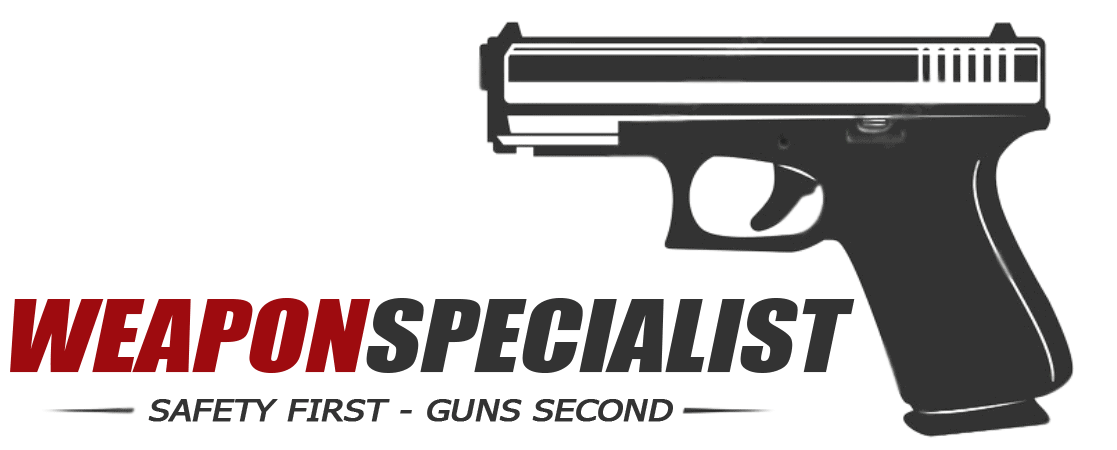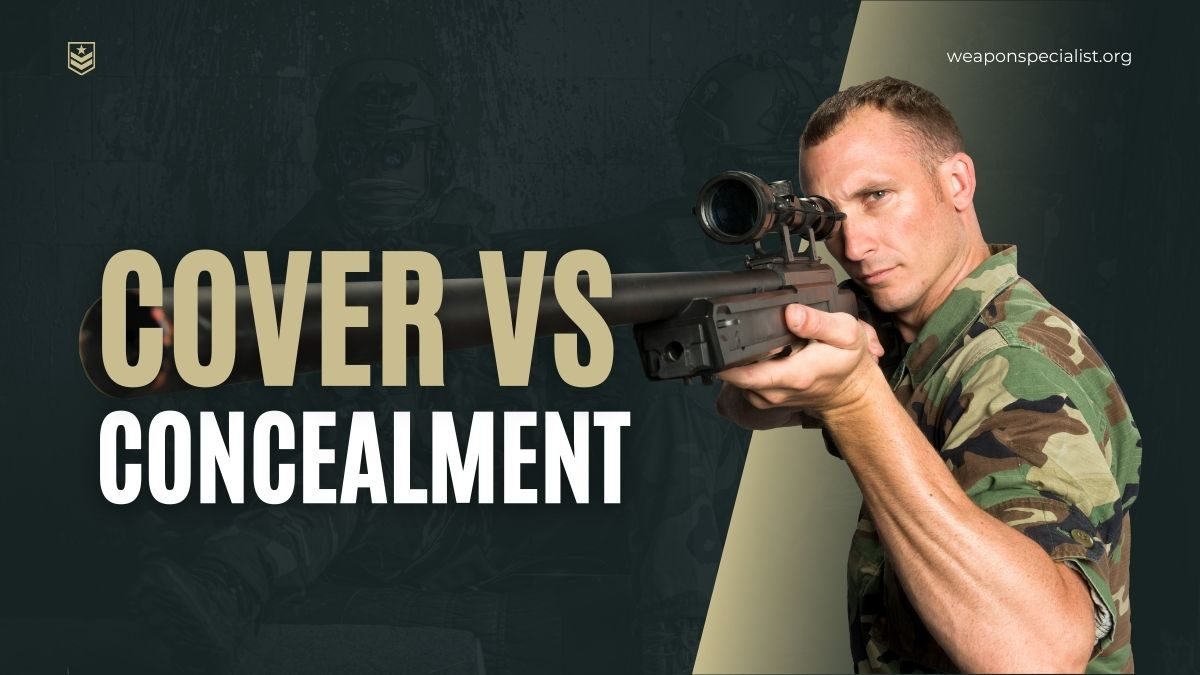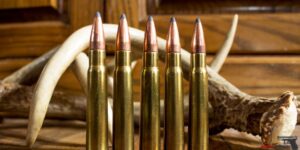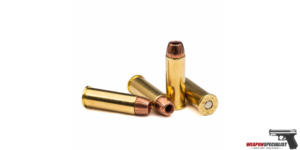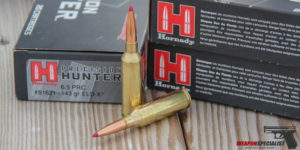Cover and concealment are two important concepts in the world of firearms and self-defense. They refer to different types of protection that can be used to keep an individual safe from harm. Cover is defined as anything that provides protection from the fire of hostile weapons, while concealment is anything that hides an individual from enemy observation.
Knowing the difference between cover and concealment is critical in any situation where an individual may need to defend themselves from an attacker. While both can be used to protect an individual, they offer different levels of protection and require different tactics to be used effectively.
For example, an individual behind a concrete wall would have cover, as the wall would provide protection from incoming fire. However, an individual hiding behind a bush would have concealment, as the bush would hide them from view but would not provide any protection from incoming fire. Understanding the difference between these two concepts can mean the difference between life and death in a dangerous situation.
Cover vs Concealment
When it comes to self-defense and tactical situations, understanding the difference between cover and concealment can be critical. In this section, we will explore the definitions of cover and concealment, provide examples of each, and explain the importance of knowing the difference.
Definition
Cover is defined as any object or structure that can protect an individual from incoming fire. This can include walls, concrete barriers, and even vehicles. The key characteristic of cover is that it can stop or deflect bullets, providing a physical barrier between the individual and the source of danger.
Concealment, on the other hand, is any object or structure that can hide an individual from view. This can include bushes, curtains, and even darkness. The key characteristic of concealment is that it does not provide any physical protection from incoming fire, but rather serves to obscure the individual’s location from the source of danger.
Examples
Examples of cover can include:
- Concrete walls or barriers
- Thick trees or foliage
- Steel doors or shutters
- Large furniture or appliances
Examples of concealment can include:
- Bushes or shrubs
- Curtains or blinds
- Darkness or shadows
- Smoke or fog
Importance
Knowing the difference between cover and concealment is important for several reasons. First and foremost, understanding cover can mean the difference between life and death in a tactical situation. By identifying and utilizing cover, an individual can protect themselves from incoming fire and increase their chances of survival.
Additionally, knowing the difference between cover and concealment can help individuals make informed decisions about their safety. For example, if an individual is considering taking cover behind a thin wall or door, they may realize that this object will not provide adequate protection from incoming fire and choose to seek out more substantial cover instead.
In summary, understanding the difference between cover and concealment is a critical component of self-defense and tactical situations. By knowing the definitions of cover and concealment, as well as examples of each, individuals can make informed decisions about their safety and increase their chances of survival in dangerous situations.
Types of Cover
Cover is protection from hostile fire. There are two types of cover: natural and man-made.
Natural Cover
Natural cover is any type of cover that is found in the environment. It can be used to protect yourself from enemy fire. Natural cover includes:
- Trees
- Bushes
- Rock formations
- Logs
- Cliffs
When using natural cover, it is important to remember that it may not provide complete protection. It is important to use the natural cover to your advantage by finding the best cover available and using it to its fullest potential.
Man-made Cover
Man-made cover is any type of cover that is created by humans. It can be used to protect yourself from enemy fire. Man-made cover includes:
- Walls
- Buildings
- Vehicles
- Barricades
- Trenches
Man-made cover can be more reliable than natural cover, but it can also be destroyed by enemy fire. It is important to use man-made cover to your advantage by finding the best cover available and using it to its fullest potential.
Types of Concealment
When it comes to concealment, there are two main types: natural and man-made. Each type has its own advantages and disadvantages, and understanding them can help you make better decisions in a tactical situation.
Natural Concealment
Natural concealment refers to the use of natural features and elements to hide from an attacker. These can include trees, bushes, rocks, and even the terrain itself. Natural concealment is often unpredictable and can change depending on the environment and weather conditions.
One of the advantages of natural concealment is that it can be used in a variety of situations, such as in urban or rural environments. It can also be used to blend in with the surroundings, making it more difficult for an attacker to spot you. However, natural concealment may not provide as much protection as man-made concealment, and it may not be as reliable or consistent.
Man-made Concealment
Man-made concealment refers to the use of human-made objects to hide from an attacker. These can include walls, furniture, and vehicles. Man-made concealment is often more reliable and consistent than natural concealment, and it can provide better protection from incoming projectiles.
One of the disadvantages of man-made concealment is that it may not be as readily available in all situations, such as in a wilderness environment. It may also be more difficult to blend in with the surroundings when using man-made concealment. However, man-made concealment can provide a higher level of protection and may be more effective in certain situations.
Factors to Consider When Deciding Between Cover And Concealment
When deciding between cover and concealment, there are several factors to consider. These factors can help determine which option is best for a given situation.
Material
The material of the object being used for cover or concealment can greatly affect its effectiveness. Materials that are dense and can stop bullets, such as metal or concrete, are ideal for cover. However, if cover is not available, concealment can still be used. Materials that can hide a person, such as foliage or curtains, can be used for concealment.
Thickness
The thickness of the material being used can also affect its effectiveness. Thicker materials are generally better for cover, as they can provide more protection. However, thicker materials may also be heavier and more difficult to move. For concealment, thinner materials can be used, as they can still hide a person without being too heavy or bulky.
Size
The size of the object being used for cover or concealment is also important. Larger objects can provide more protection, but may also be more difficult to move or use effectively. Smaller objects can be easier to move and use, but may not provide as much protection.
Overall, the decision between cover and concealment depends on the specific situation and available resources. By considering factors such as material, thickness, and size, one can make an informed decision and increase their chances of survival in a dangerous situation.
Conclusion
After understanding the difference between cover vs concealment, it is clear that both are critical in survival situations. Cover provides physical protection from bullets and other harmful projectiles, while concealment is necessary to avoid detection from the enemy.
It is important to note that not all materials provide both cover and concealment. For example, thick wood may provide good cover but does not necessarily hide the individual from observation. On the other hand, a thin curtain may provide concealment but does not offer any protection from gunfire.
When it comes to choosing the right cover or concealment, it is essential to assess the situation and determine the best option available. This may involve using a combination of both cover and concealment, along with movement, surprise, and unexpected resistance.
Ultimately, the key to survival is to be prepared and stay alert. Having a good understanding of cover and concealment can make all the difference in a life or death situation.
Last Updated on October 28, 2023 by
